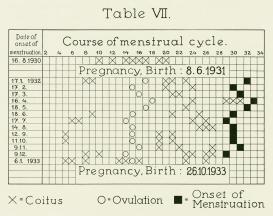This project historicizes the shifts and moves undergone by “reproduction" as it moved from a concept that described a pregiven capacity fixed in “life” and defining matter as “living,” to a capacity apprehended through technoscience and open to transformation. The project focuses on the twentieth century as a central period when the "technoscience turn" in reproduction took place. To historicize reproduction is to investigate reproductive practices from a broad, interdisciplinary framework, based on a comparative epistemological approach. This implies transgressing transnational and traditional comparative accounts that still work under the assumption of an universalist, Western epistemology.
At the end of the twentieth century, the capacity of life to generate itself became a form of living technology and a source of value for capitalism, with examples ranging from tissue and sperm banking in human medicine and livestock breeding to globalized markets for egg donation, from cloning and stem cell research to terminator seeds.
At stake in the question of what can life become in time are the technoscientific practices that have calculated and designated the differential value of life—from racial difference to economic difference. Temporal and economic logics structure technoscientific designations of temporized life as surplus, excess, exhausted or as precious, propagating, preservable. Disassembling bodies and reproductive substances give way to the emergence of globalized markets for living matter: eggs, sperm, embryos, and stem cells that can be preserved and stored in biobanks or circulated, exchanged, donated, and traded. Labs and clinics as well as barns and stables were vital spaces for this transformation of reproduction; so too were state departments of finance, aid agencies, population ministries, and supranational organizations such as the World Bank. By contributing to large-scale national and transnational schemes, these worked to alter the fertility of entire national populations for the sake of more prosperous economic futures.
The project foregrounds these themes by focusing on three domains of reproductive sciences and their entanglements: reproductive medicine, agriculture and livestock breeding, and those fields that explore aggregate forms of life, such as public health, the global health movement, and international feminism, with a specific emphasis on non-Western countries.

